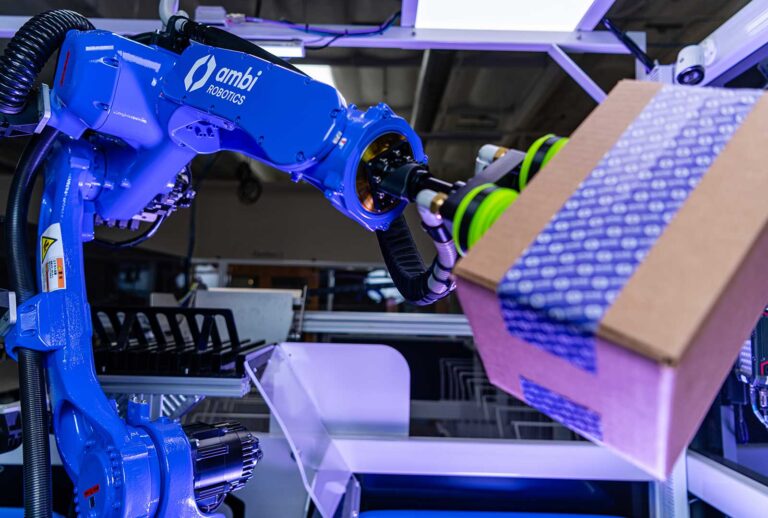Shangri-La of Mobility: Robotaxis
Alvaro Ramis, VP of Business Development and Alliances, Bestmile joins Grayson Brulte on The Road to Autonomy podcast to discuss why robotaxis are the Shangri-La of mobility.
The conversation begins with Alvaro talking about his career which started in banking and later the travel industry, before joining the mobility industry. Throughout his career, Alvaro has always had a focus on innovation.
My background is someone who feels extremely comfortable with uncertainty.
– Alvaro Ramis
Staying on the theme of being extremely comfortable with uncertainty, Alvaro joined Car2Go in 2014 as Chief Marketing Officer. When he first tried a free-floating car-share service, Alvaro thought the following:
It was that moment when I opened that car with my app that the lights turned on. I walked into the vehicle and the panel told me hello with my name. I was like man, this is the future. I fell in love.
– Alvaro Ramis
Bringing this conversation full circle, Grayson asks Alvaro about the current state of free-floating car sharing. The market is stagnating due to competition from Uber and Lyft and the inherent asset-heavy business model.
Staying on the topic of asset-heavy business models, Grayson and Alvaro discuss who is going to own the autonomous vehicles on their balance sheet. Will it be the banks? Will it be rental car companies?
Alvaro go into discussing who will “go to school” to learn the model of asset-heavy mobility as the industry and venture capital firms continue to focus on asset-light companies. Without the asset, there is no mobility service.
The future of mobility is about electric, shared, and autonomous.
– Alvaro Ramis
While the future may be electric, shared, and autonomous, it has to be profitable. As autonomous mobility companies continue to focus on the robotaxi business, they are starting to diversify into trucking as there is a clear path to revenue and profitability.
Waymo has their Waymo Via service which is focused on the delivery of goods and Aurora is now expanding into self-driving trucks. Both Waymo and Aurora were solely focused on the robotaxi market until the path to revenue and profitability was marginalized for the short-term.
The end game is the robotaxi. That is the big prize. That is the Shangri-La of mobility. It’s the biggest market by a lot.
– Alvaro Ramis
Is there a path to profitability in the robotaxi business? With highly indebted businesses, Alvaro makes the comparison to the telecommunications industry.
Grayson agrees with the comparison, but he states the case that the robotaxi business will not spit-off nearly as much cash as the AT&Ts and Verizons of the world. Robotaxi companies will not be able to pay a 4%+ dividend.
However, the Beeps and Voyages of the world which operate in controlled environments with captive audiences will be able to generate large amounts of cash and eventually become extremely profitable.
Once you have an enclosed environment, you can add more services around it. Also, you are not fighting for that customer in a similar environment that you would have in a traditional ride-hailing market where you would have to buy the supply and demand which is a race to the bottom.
– Alvaro Ramis
Autonomous vehicle companies operating in these environments will not face the same customer acquisition costs as the robotaxi business.
However, a majority of autonomous vehicle start-up founders are still attracted to Shangri-La, while Oliver Cameron, CEO of Voyage is instead focused on the riches in niches business model.
Building upon the business model conversation, Grayson asks Alvaro about the current state of autonomy in Europe. Europe is behind the United States in terms of funding, deployments, partnerships, and legislation.
To operate an SAE Level 4 autonomous vehicle in Europe today, companies have to apply for an exemption. This process is cumbersome and challenging with national security issues playing a large role.
National Security is a huge issue for the deployment of autonomous vehicles. Grayson and Alvaro go on to have an in-depth conversation about national security and what has to be done to ensure that remote operations of AVs are secure.
You cannot allow artificial intelligence or autonomous vehicles to decide where to go when a terrorist attack happens in a city.
– Alvaro Ramis
The issue of terrorism and the potential of a terrorist attack is very real and it is an issue that the autonomous vehicle industry needs to plan for as they build out their remote operations. As part of VW’s autonomous vehicle deployment for the 2022 World Cup in Qatar, the Government required remote operations in case of a potential incident.
Closing out the conversation, Grayson and Alvaro discuss the development and deployment of autonomous vehicles in China.
Shangri-La is not technology per se, its the problems that it solves.
– Alvaro Ramis
Subscribe to The Road to Autonomy on Apple Podcasts
Recorded on Thursday, November 12, 2020




